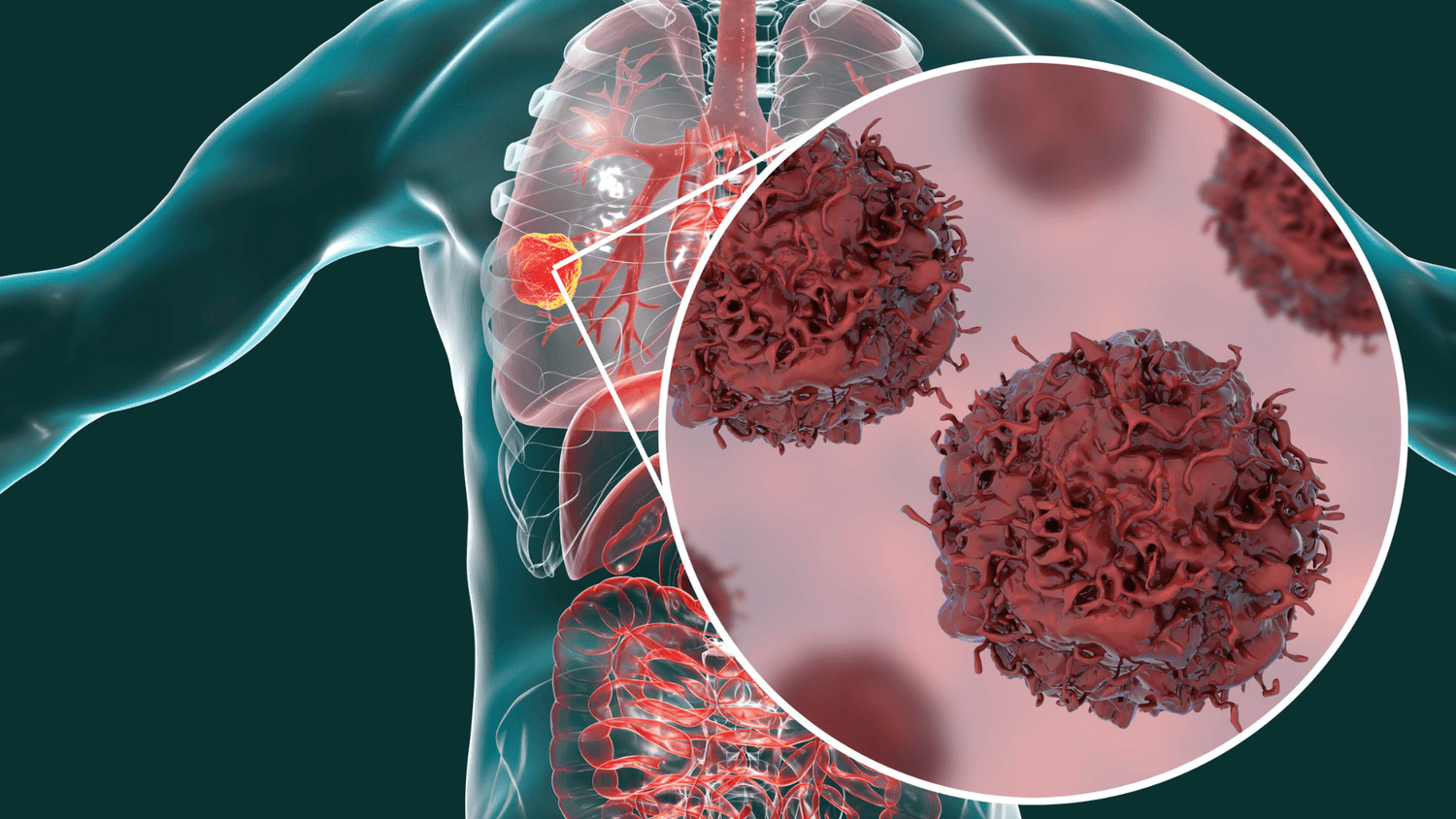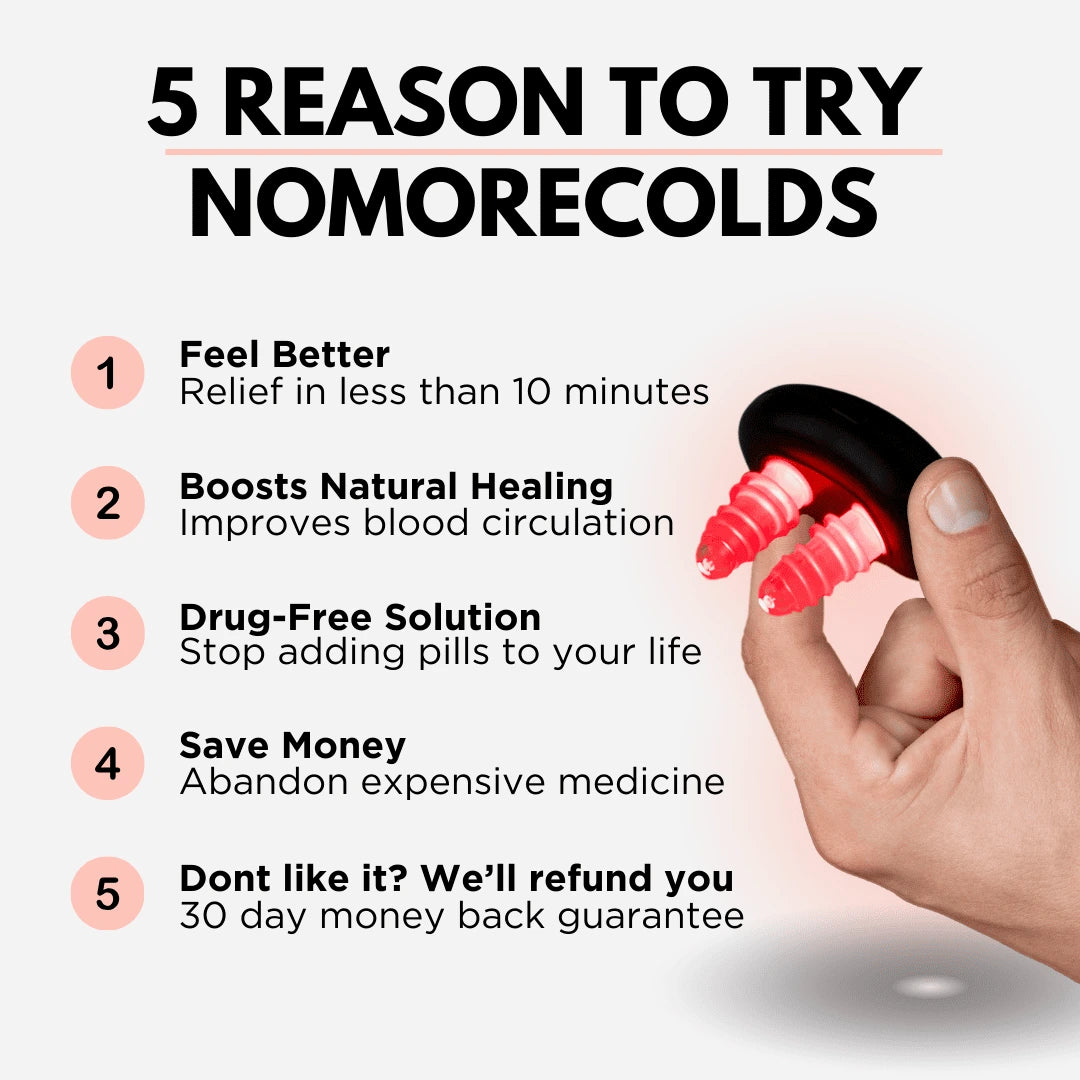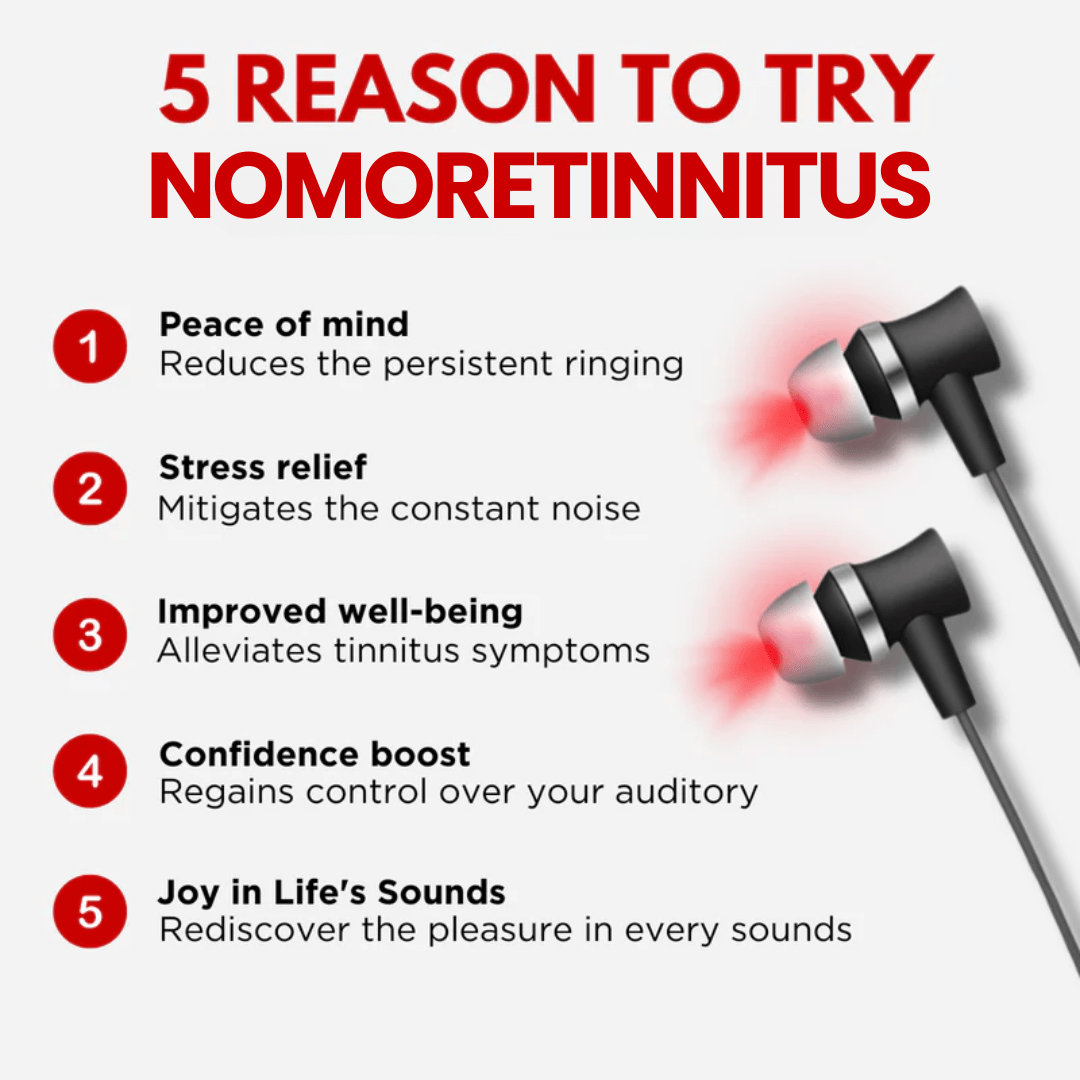Red Light Therapy is a cutting-edge technology that uses light waves of specific wavelength to stimulate cellular processes, promoting well-being and healing.
In recent years, this therapy has received significant attention, with leading medical studies and universities expressing enthusiasm for the achieved results. It's truly remarkable to discover that this type of treatment has a positive impact on both physiological and pathological issues.. (This particular type of therapy complements all those natural solutions to combat the wrong and sometimes unnecessary use of medicines.)
The hope that Red Light Therapy (RLT) could emerge as an advanced cure for many problems is accompanied by the prospect that Infrared Light Therapy could genuinely contribute to the battle against cancer. For centuries cancer has been an enemy against the life of the human race, claiming 608,570 American lives in 2021 alone, and this number is expected to rise annually, as reported by the American Cancer Society [1]. Modern medicine offers various treatments such as surgery, radiation and chemotherapy, but these are invasive and entail a certain level of risk, which increases with the patient's age.
This is why the scientific community is looking for a better solution that causes less damage. This solution seems to have been found with the advent of the revolutionary RLT.
But at this point you may be wondering: So does RLT cause cancer?
There is no evidence linking cancer to the use of Red Light. On the contrary, a large scientific study [2] showed that patients undergoing Red Light Therapies are statistically more likely to survive the disease than those who do not use it.
However, another study [3] highlights how RLT can promote the growth of cancer cells by increasing the tumor's area of extension within the body if this was already present in the patient. this is true and is due to the functioning of the therapy itself. In fact, cancer cells are still human cells that are transformed into tumors, so they have the same composition as all other cells. The Red Light stimulates the mitochondria within the individual cell, providing energy and thereby increasing the cell's energy state, leading to growth and proliferation.
So, does red light applied to a tumor area cause it to expand?
No, it does not. This depends on the frequency of the waves emitted by the red light device being used. In fact, it has been shown that high wavelengths, i.e. above 850nm or more, can facilitate the proliferation of tumours where they are present. Whereas wavelengths between 650nm and 800nm are used as a treatment for various types of cancer and present no danger whatsoever to your body. That's why, in our NoMore labs, we developed our product with a wavelength of 660nm to ensure your safety and that of your loved ones.
In conclusion, Red Light Therapy is currently delivering remarkable results in the medical field for the treatment of breast, head, skin, and lung cancers. The scientific community is excited about studying such an innovative and revolutionary therapy, and at NoMore, we are thrilled to offer you a new, effective, and safe product to treat your issues.
Dear reader, the next time your health problems arise, rely on NoMore and choose the Red Light device that can best help you.
Whether you have the first symptoms of a cold or find your nose completely blocked with a pounding head, buy the new NoMoreColds device to finally give you relief from those annoying flu symptoms, it not only works but also saves you from the sometimes incorrect or unnecessary intake of drugs that are invasive and harm your body.
[1] - [Article 1]
[2] - [Article 2]
[3] - [Article 3]











Leave a comment
All comments are moderated before being published.
This site is protected by hCaptcha and the hCaptcha Privacy Policy and Terms of Service apply.